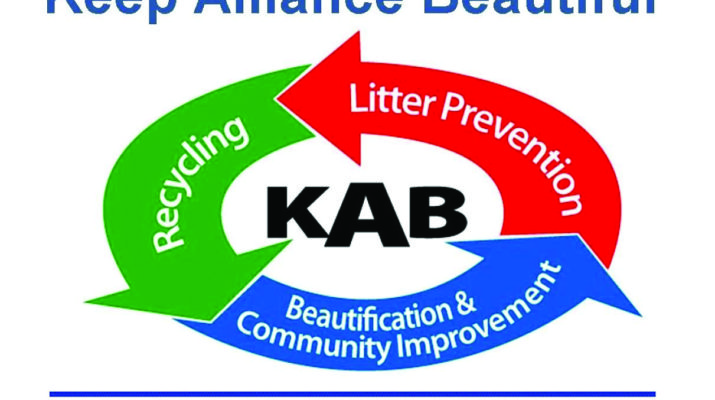An invisible Christmas checklist ushers in the holiday at our house just before Advent. Tree hunting went off without a hitch in the Hills the first weekend. Outdoor lighting up and timers on before the blizzard. Indoor decorating complete with the flames of two candles on the wreath. Not every tradition is realized every year though my family loves to see what fits in that particular yuletide.
Last week, the Christmas movies began to occupy our viewing time in earnest. When nobody requests a favorite or a classic such as Peanuts pairs with another activity, the Hallmark channel’s 24/7 inspirational fare plays on the tube. Inevitably the child (or children) live in a household where one of their parents has died or left never to return. The main characters overcome opposition to celebrating Christmas in the way they’d prefer. There are religious songs, depending on the movie, yet Santa is overwhelmingly the theme rather than the Christ child. So, viewers know what to expect and enjoy the feelings of hope and love whether that describes their own Christmas experience or not.
Since taking a break from working as a journalist, I have noticed that “the reporter” is one of the common professions for protagonists on Hallmark (at least the ones I’ve watched). However, this year was the first time I saw a character’s profession intersect with environmentalism.
The movie, filmed just over a decade ago, begins with a single mom who bought a winning $1 million lotto ticket. The main man’s hapless buddy “borrows” her car not knowing the ticket was inside. Along the way to meeting her and doing the right thing, viewers learn that he went to college to design houses relying on green building techniques. So, in the end, demand for his nontraditional homes also saves the family construction business.
Contractors and homeowners alike would probably prefer a new “green” home if the price was right and required materials could be secured. Any home can become environmentally friendlier with a few changes that usually pay for themselves over time ranging from updated light bulbs to more energy efficient furnaces, ranges and other appliances.
What if I won the same amount in the Nebraska lottery as the woman in the movie? That would be plenty for a unique “eco upgrade” for a new place. Maybe walls composed of baled plastic blocks? No, a stack of shipping containers welded together. Isn’t there a hotel somewhere made of ice people pay to sleep in? Perfect for a winter option.
Before envisioning your own Earth-friendly abode, it may be worth checking with entities who certify such structures. According to a Beverly-Hanks (www.beverly-hanks.com) article from April 2020, a green home is simply an “environmentally sustainable” design. They list U.S. Green Building Council’s Leadership in Education and Environmental Design (LEED) as the most used. The website also cited U.S. National Association of Homebuilders, another quality option for certification developed by experts knowledgeable in the field drawing from government agencies, environmentalists and builders. Lastly, a pure power perspective, the U.S. Department of Energy offers a Zero Energy Ready Home program. Houses that qualify are 40-50 percent efficient (or more) that the average new home.
For Christmas movies I’ve seen this season, nobody beats the Grinch – he’s always been green while living off the grid in the mountains.

